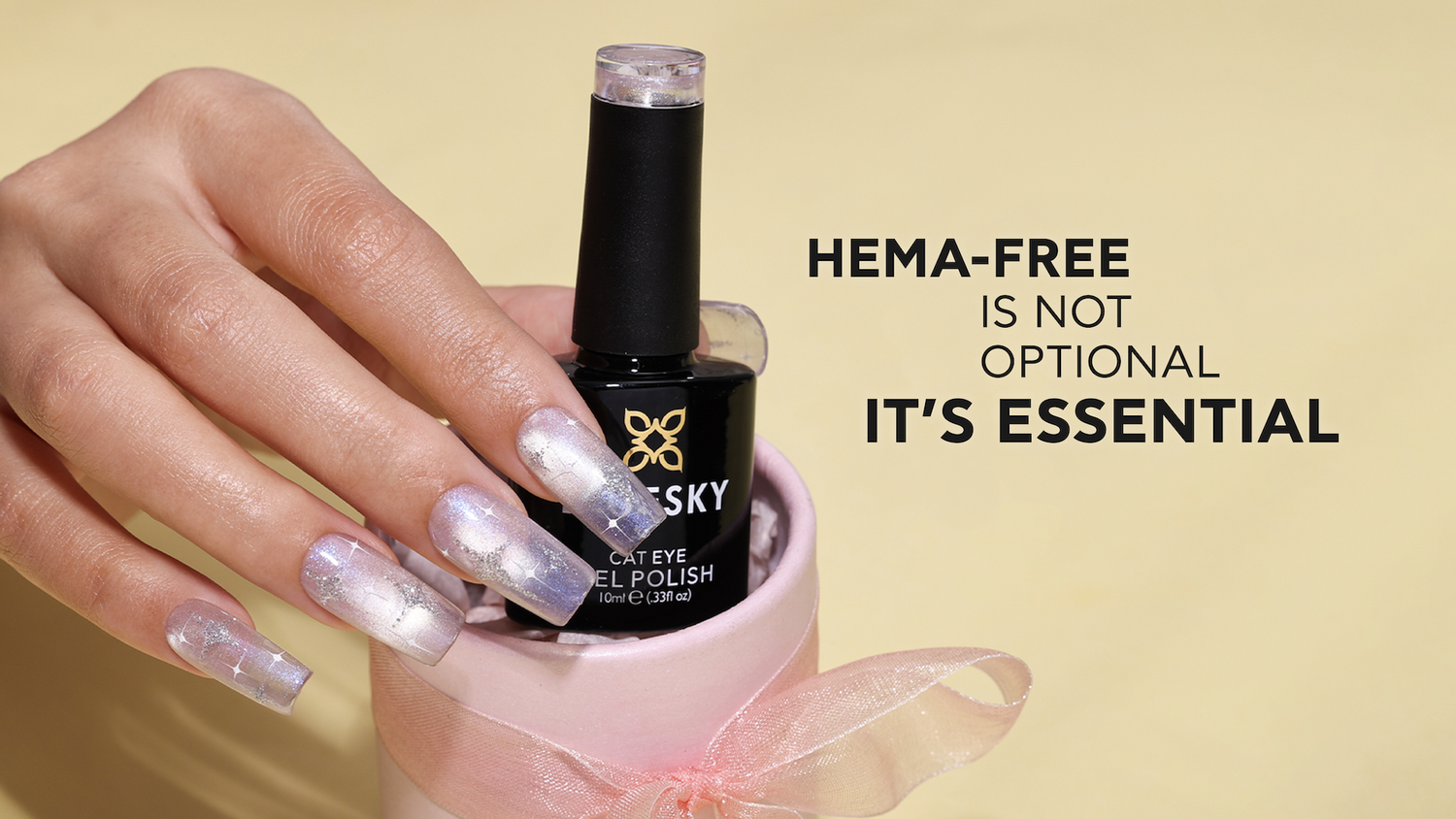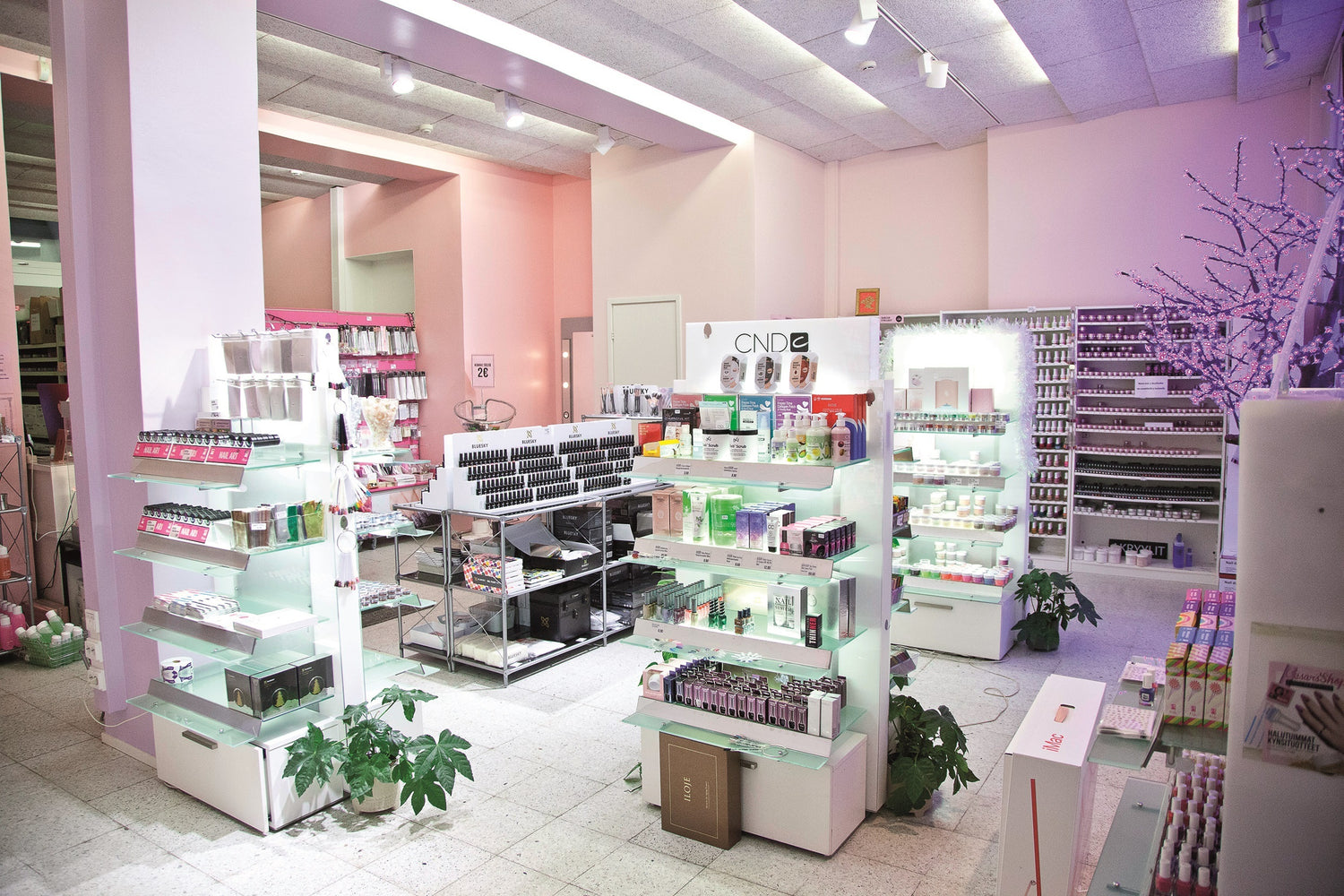Bulletin on chemical restrictions in cosmetic products (valid from 3 September 2021)
The European Union's Chemicals and Safety Commission has tightened legislation on cosmetic products to protect consumer health. The new regulations restrict the use of certain chemical substances to trained professionals.
The changes are based on Commission Regulation (EU) 2020/1682 amending Annex III to Regulation (EC) No 1223/2009 on cosmetic products (amendment to Annex III to Regulation (EC) No 1223/2009).
The following substances are subject to the restriction:
• 2-Hydroxyethyl methacrylate (HEMA)
• Di-HEMA trimethylhexyl dicarbamate (Di-HEMA TMHDC) (also known as 11,14-dioxa-2,9-diazaheptadec-16-enoic acid, 4,4,6,16-tetramethyl-10,15-dioxo,2-[(2-methyl-1-oxo-2-propenyl)oxy]ethyl ester)
From 3 September 2021, products containing these substances may only be sold to trained professionals. Consumer sales are prohibited.
Important things to note:
• Although products containing the substances are safe when used correctly, they can cause serious health risks, such as allergic reactions, if misused.
• Allergization to HEMA and Di-HEMA TMHDC chemicals is permanent and sensitization does not decrease over time.
• An allergic person will react to all products that contain these substances, also in the future.
• Sensitization can also occur with orthodox use, depending on individual susceptibility.
Who is considered a professional?
According to the Finnish Safety and Chemicals Agency (TUKES), a professional is someone who has the appropriate training and expertise to handle products that, if misused, can cause allergies or other health hazards. A professional understands the risks of these substances and knows how to use the products safely.
In which products do these substances most commonly occur?
• Gel polishes
• Structural gels
• Acrylic systems (in nail design)
Attention to those shopping in international online stores:
EU legislation applies to products manufactured or sold within the EU and EEA. If you purchase cosmetic products from outside these areas, you as the consumer are fully responsible for the chemical safety of the products.


